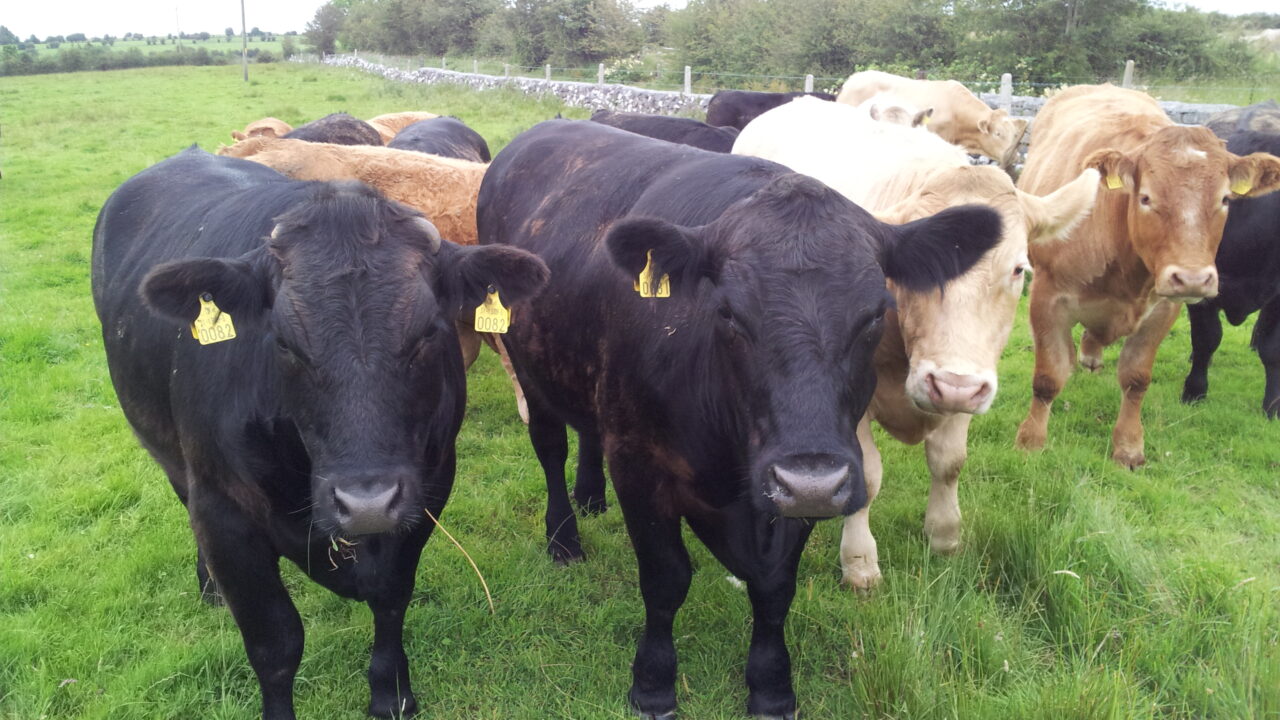Large numbers of cattle will be turned out in the Co. Tipperary area this week, according to Teagasc Drystock Advisor John Crosse.
“Recent overnight grass frosts have put quite a number of farmers off the idea of letting young stock out, up to this point” he said.
“Most farms are also well stocked with silage, so there was no real pressure on farmers to get cattle out. In this part of the world young stock are normally put on to out farms during the grazing season. This is a big enough job with farmers wanting to be pretty sure that once stock are out at grass, they will be staying out.”
The Clonmel-based advisor confirmed that grass is now growing well in that part of the world.
“Swards that have previously received fertiliser now look very green. So, yes, there is plenty of grass available and I have no doubt that large numbers of drystock farmers across this region will take the opportunity of emptying their sheds this week.”
Crosse confirmed that cattle should neither be wormed nor drenched for fluke until the beginning of June.
“Older cattle would have been wormed at housing last autumn,” he said.
“Weanlings now going to grass for the first time need to be wormed regularly throughout the grazing season, with the first treatment to be applied once they have been out for a few weeks. All cattle should be drenched for adult fluke during June.
“Tetany can be an issue over the coming weeks, where suckler cows, dairy cows and breeding ewes are concerned. Most farmers in this part of the world now use mineral buckets as the preferred means of keeping tetany problems at bay.”
Crosse also pointed out that farmers wishing to take a first cut of silage at the end of May should have the required fields closed off and fertiliser spread by this stage.
“Last year, a number of farmers were caught out by cutting grass which contained significant levels of nitrogen,” he said.
“This led to a poorer fermentation than would have been expected. However, it is now feasible to have grass tested for both its protein and sugar content prior to cutting. In cases where there is any doubt about the nitrogen levels in forages at silage time, taking the opportunity to have the grass analysed in this way is strongly recommended.”
